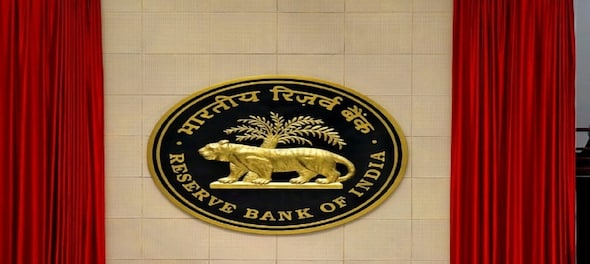
During the first half of the current fiscal year, the bond yields were mostly below 6 percent on the back of effective yield management by Reserve Bank of India (RBI), said a report authored by Soumya Kanti Ghosh, Group Chief Economic Adviser, State Bank of India.
However, all this changed after the budget when the government upped its borrowing program for the current fiscal and announced an aggressive one for FY22, the report said.
With just over a month left in FY21, the market is still expecting a consolidated borrowing amount of more than Rs 2.5 lakh crore as per the auction calendar of centre and states. The average increase in g-sec yields across 3, 5 and 10 years is around 31 basis points since the budget. AAA corporate bond and SDL spreads have jumped by 25-41 basis points during this period, the report added.
The report believes the central bank will have to resort to unconventional tools to control the surge in bond market yields.
“This is important as any further upward movement in G-sec yields even by 10 basis points from the current levels could usher in MTM losses for banks that could be a minor blip of a rather wise exceptional year in FY21 bond markets with the RBI assiduously supporting debt management of government at a lowest possible cost in 16 years, that otherwise could have threatened financial stability,” the report said.
In fact, RBI's strategy of devolving on the primary dealers may have its limitations as Standalone PDs account for 15-16 percent of secondary market share that may not be enough to move the market. This share has remained broadly consistent over a long period despite excessive market volatility.
The report further believes one of the reasons for the recent surge in yields might be short selling by market players. The strategy of short selling involves the sale of a security which the seller has not yet purchased but borrows the security from others in the market through the CROMS platform of CCIL.
"The banks and the primary dealers resort to short selling when their view is bearish - that is, the prices of the bond will fall and the yield will rise. They make money if the bond prices drop and yields rise, and over a point of time, this could become a self-fulfilling prophecy as such short sellers keep on rolling over their borrowed security from the repo market till the time they believe that yields will continue to rise," the report mentioned.
The only way to break such self-fulfilling expectations, according to the report, is for RBI to conduct large-scale OMOs to provide necessary steam to bond market to rally and with increase in price, many short sold position will trigger stop losses and market players will scramble to cover open positions.
Specifically, the RBI can think of the following steps (Compiled by report):
This will also fulfill the desired objective of RBI avoiding devolvement at auctions.
First Published: Feb 22, 2021 2:23 PM IST
Check out our in-depth Market Coverage, Business News & get real-time Stock Market Updates on CNBC-TV18. Also, Watch our channels CNBC-TV18, CNBC Awaaz and CNBC Bajar Live on-the-go!


PM Modi to chair seven meetings on June 2 to decide next 100 days in office
Jun 2, 2024 11:35 AM
Lok Sabha Election 2024 | Five key takeaways from the exit polls for BJP and the opposition
Jun 2, 2024 9:16 AM

